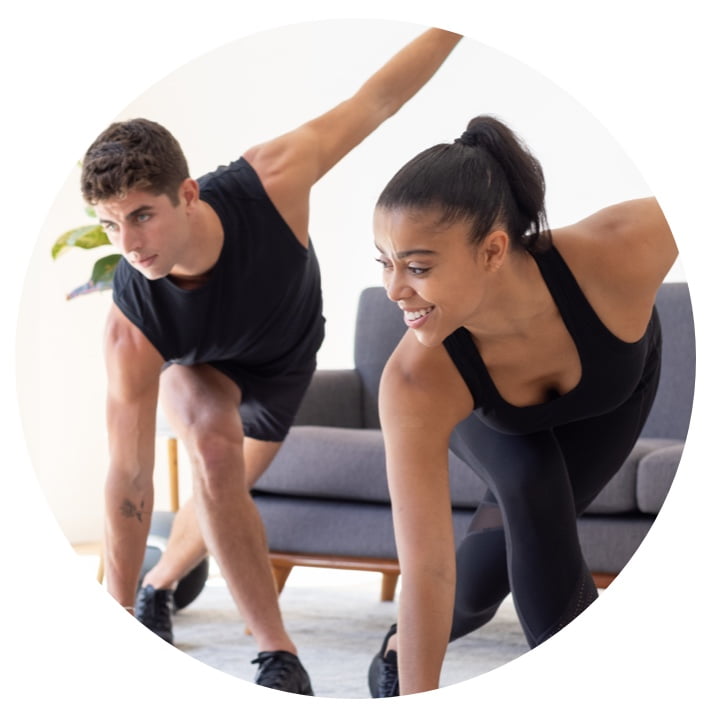
Hip pain is just what it sounds like… painful! Once the most common over-the-counter measures are taken to alleviate hip pain, like icing, heat compression, rest, and medication, more actionable steps should be taken going forward to best relieve yourself. Here are FlexIt’s two tips to alleviate hip pain.
Listen to Your Body
If you suffer from hip pain, and it starts to hurt during a particular exercise and lingers for hours or days afterward, that’s a sign that your hips need to rest. While fatigue and soreness are normal to feel the day after exercising, be aware that the pain shouldn’t persist or become noticeably worse.
Make sure to listen to your body, because if you experience a sharp or shooting pain, that is your body’s way of letting you know that it’s time to stop the activity immediately and talk to your doctor or physical therapist.
According to Mayo Clinic, you should seek medical attention if your pain is caused by an injury and accompanied by the following:
- A joint that appears deformed
- Inability to move your leg or hip
- Inability to bear weight on the affected leg
- Intense pain
- Sudden swelling
- Any signs of infection (fever, chills, redness)
Or less severe hip pain, FlexIt’s second tip will set you up right!
Controlled Strengthening Exercises
To relieve hip pain, and likewise prevent future hip problems, it’s important to strengthen both your inner and outer thighs. By strengthening the surrounding muscles, your body will naturally divert direct punishment away from your hips, because the surrounding areas will be strong enough to handle the movements.
Tip for your Inner Thighs:
Choose a ball about the size of a kickball (or a similar one you can slightly squeeze). If you don’t have a ball handy, you can use a hard pillow or a Pilates ring. Start with one set of 10 repetitions and build up to three sets.
Tip for your Outer Thighs:
Lie on your pain-free side and lift the leg about six inches, hold for two or three seconds, and lower it again. Start with one set of 10 repetitions and build up to three sets. Repeat on the other side unless it is too painful.







